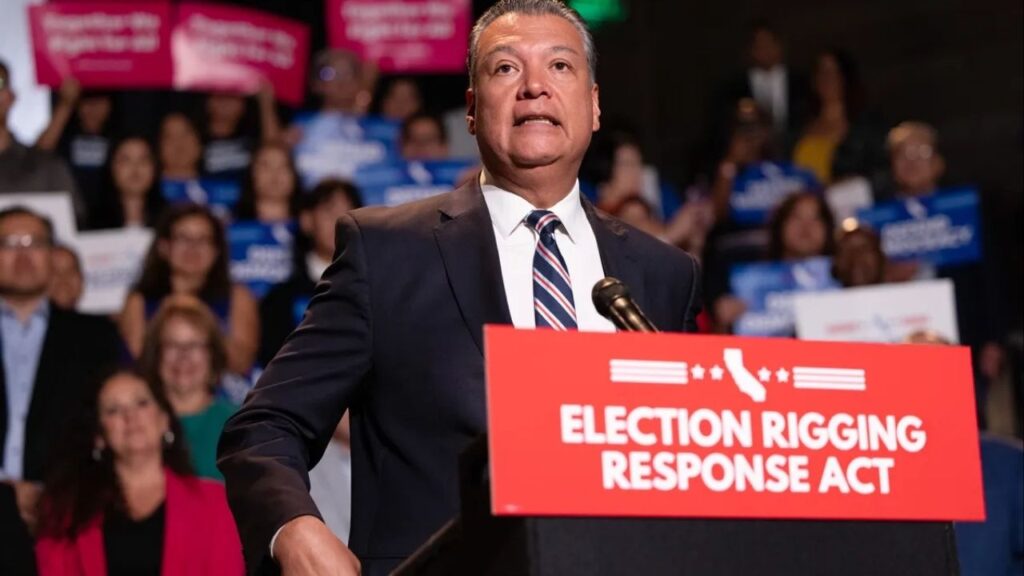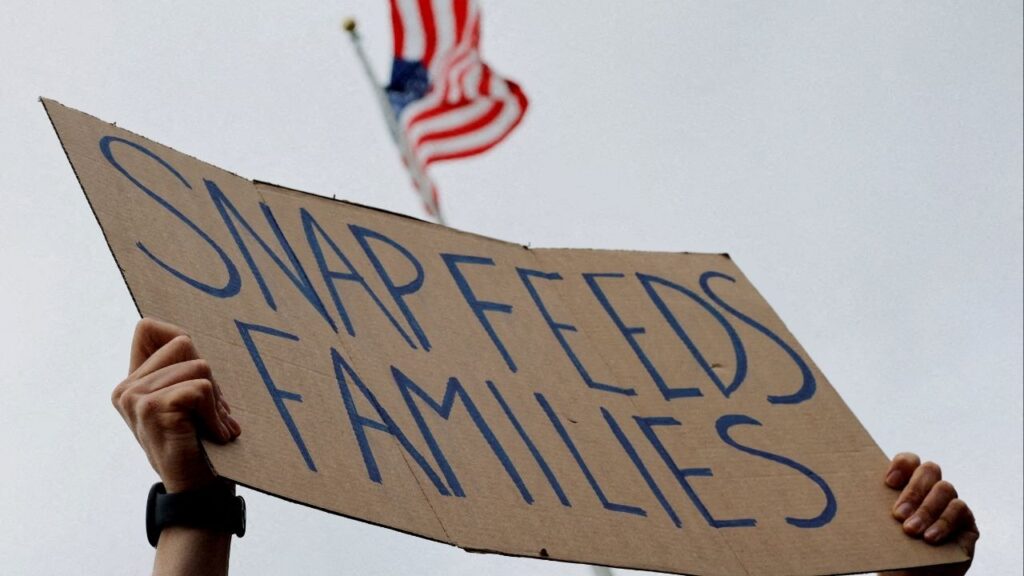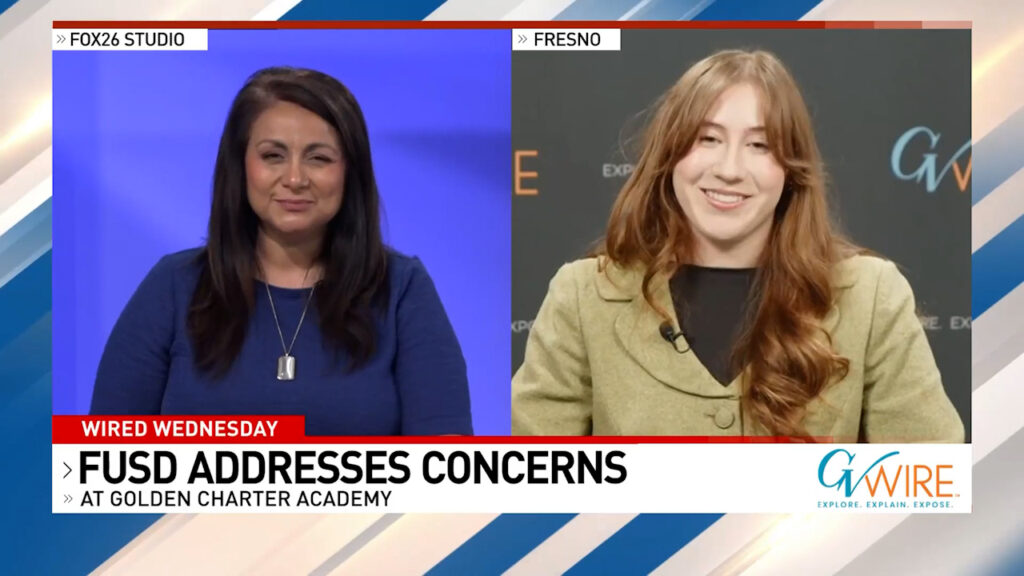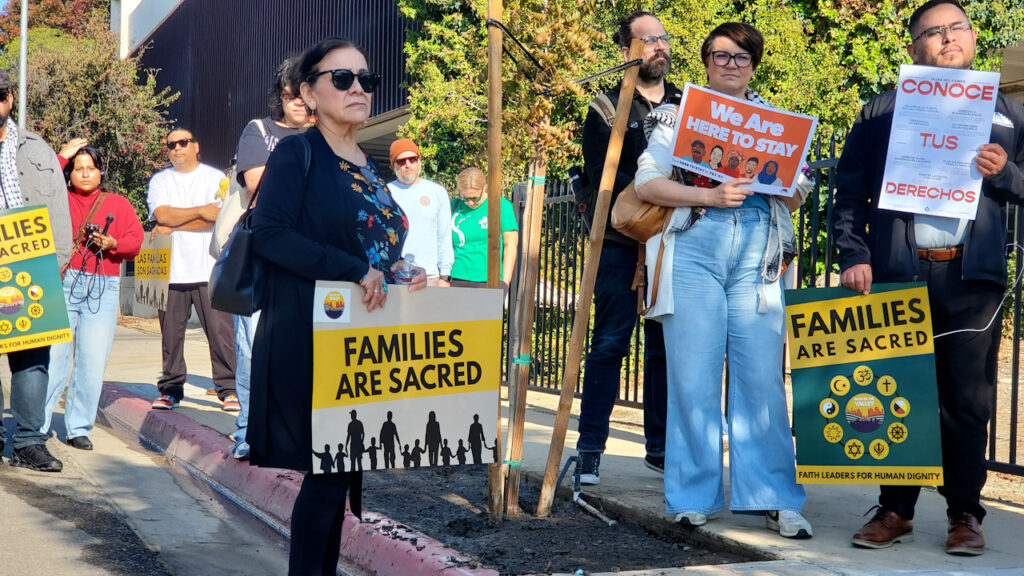The Department of Education's recent letter misinterprets the law, attempting to curtail race-neutral diversity policies and restrict free speech on campuses, which goes beyond the Supreme Court's 2023 decision on affirmative action. (Jarod Lew/The New York Times)

- The Department of Education's letter demands schools abandon race-conscious diversity policies, threatening funding cuts.
- The letter misinterprets the law, going beyond the Supreme Court's 2023 ruling on affirmative action.
- The Department of Education also seeks to restrict the teaching of certain ideas about race, raising concerns about free speech.
Share
|
Getting your Trinity Audio player ready...
|
Opinion by Sonja B. Starr on Feb. 26, 2025
THE GOVERNMENT OFFERS AN IMPLAUSIBLE INTERPRETATION OF THE LAW.
The Department of Education issued a threatening letter this month addressed to all educational institutions that receive federal funds. The letter offers an extreme and implausible interpretation of the law governing diversity, equity and inclusion policy. It demands that schools abandon not just affirmative-action-like programs that consider the race of individuals but also policies that are blind to individuals’ race if those policies were adopted, even in part, to promote racial diversity.
The letter also claims that federal law prohibits schools from teaching or promoting certain ideas about race that the department deems unacceptable.
The department gives schools until Feb. 28 to comply with this interpretation of the law or risk losing their federal funding, which would endanger the existence of many colleges and universities. This threat is a brazen attempt to bully schools into making policy changes that the law does not require.
Related Story: Trump’s Pick for Education Chief Outlines Plan to Dismantle Department
The primary legal authority the letter cites is the Supreme Court’s 2023 decision in Students for Fair Admissions v. Harvard, which effectively ended affirmative action in university admissions. Some of the letter’s demands, such as getting rid of scholarship programs that consider an applicant’s race, are reasonable extensions of the court’s decision. But the letter goes beyond those demands, misreading the law in a way that further imperils racial diversity in schools.
There are many ways to promote diverse and inclusive campuses without relying on race. Schools can expand financial aid for poor students. They can eliminate legacy admissions. They can favor applicants whose parents did not attend college. Such policies don’t treat anyone differently based on race, and they also serve legitimate goals unrelated to race, such as socioeconomic diversity.
So why does the Department of Education object to such policies? Because schools adopting them have often hoped that they would promote racial diversity. The department’s letter contends that when policymakers seek that outcome, the resulting policies are illegal even if race-neutral. It argues that such policies embody “preferences” that are impermissible.
But the law doesn’t support this theory. The Supreme Court’s affirmative-action decision in 2023 did not render racial diversity an unlawful interest — indeed, it described that interest as “commendable” and “worthy.” Courts have long distinguished between “benign” racial objectives (such as diversity) and “invidious” ones (such as segregation). The Supreme Court did not change that distinction. What it changed were the means that schools can use to pursue diversity: They now must be race-neutral.
Related Story: Musk’s Efficiency Cuts Slash $900 Million from Federal Education Research ...
Race-neutral alternatives are not affirmative action in disguise. Because they don’t evaluate people differently based on race, these programs don’t risk what the Supreme Court saw as affirmative action’s harms, including stereotyping and stigma. This is also why such policies have long been supported by critics of affirmative action.
The Department of Education’s letter also overreaches in its attempt to police schools’ communication of certain ideas about race. It cites “D.E.I. programs” that teach, for example, “that certain racial groups bear unique moral burdens that others do not.” That passage of the letter is brief, and what exactly it prohibits is left vague. But the implication is that the department interprets Title VI of the Civil Rights Act of 1964 as restricting what schools can teach students.
This is wrong and dangerous. It’s wrong because Title VI precludes schools from treating students differently based on race, not from expressing (or allowing faculty members to express) particular views on race. It’s dangerous because the Department of Education is threatening to punish speech by withdrawing funding. The letter’s vagueness as to what speech it considers impermissible only worsens the problem, because given the threatened sanctions, those unsure of whether they may speak are likely to err on the side of silence.
The Department of Education can of course criticize speech it disagrees with. But the First Amendment does not allow the government to restrict speech based on such disagreement, including by conditioning funds.
Related Story: What to Know About Linda McMahon, Trump’s Pick for Education Secretary
In recent years, many people have criticized college campuses, sometimes with justification, for being insufficiently committed to free speech. But if you care about free speech, the Department of Education’s anti-D.E.I. effort is a cure far worse than the disease. Even on the “wokest” of campuses, dissenters are generally free to critique D.E.I. They may face social consequences (or in rare instances, institutional discipline) but they have not faced a threat from the federal government to their university’s existence.
Schools should comply with the Supreme Court’s ruling on affirmative action. They should be prepared to eliminate similar policies that treat people differently based on race. But schools should not cave to the Department of Education’s indefensible further demands, and the courts must curtail this blatant overreach.
—
This article originally appeared in The New York Times.
By Sonja B. Starr/Jarod Lew
c. 2025 The New York Times Company




















